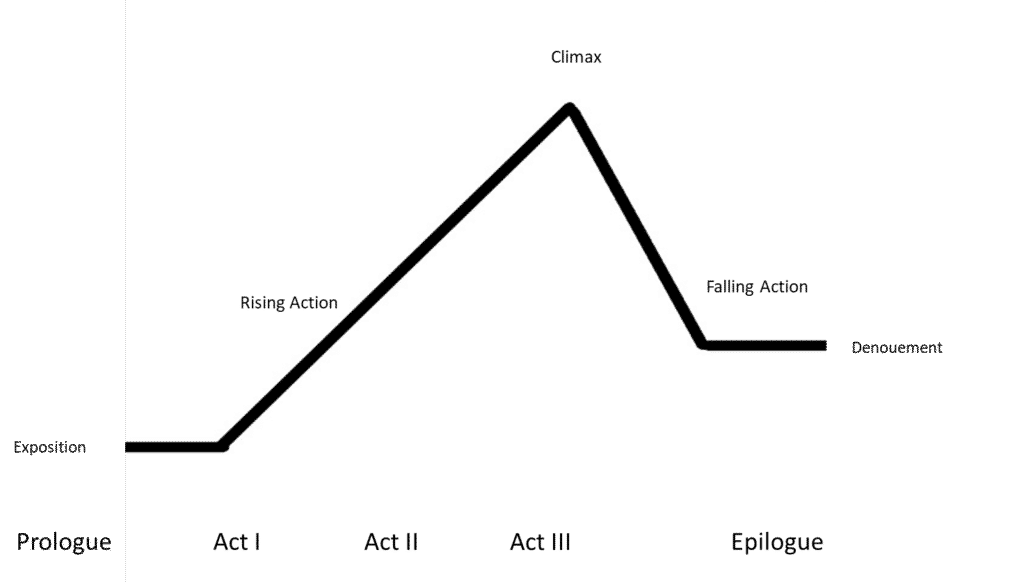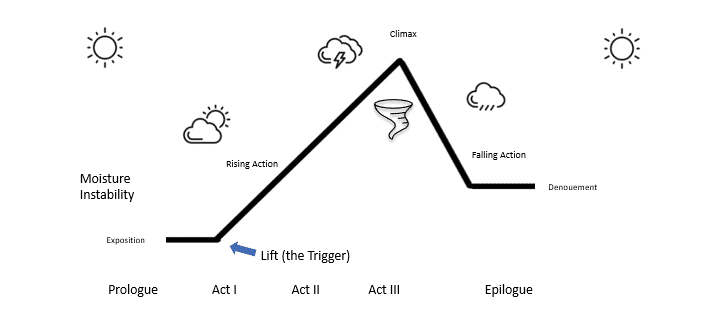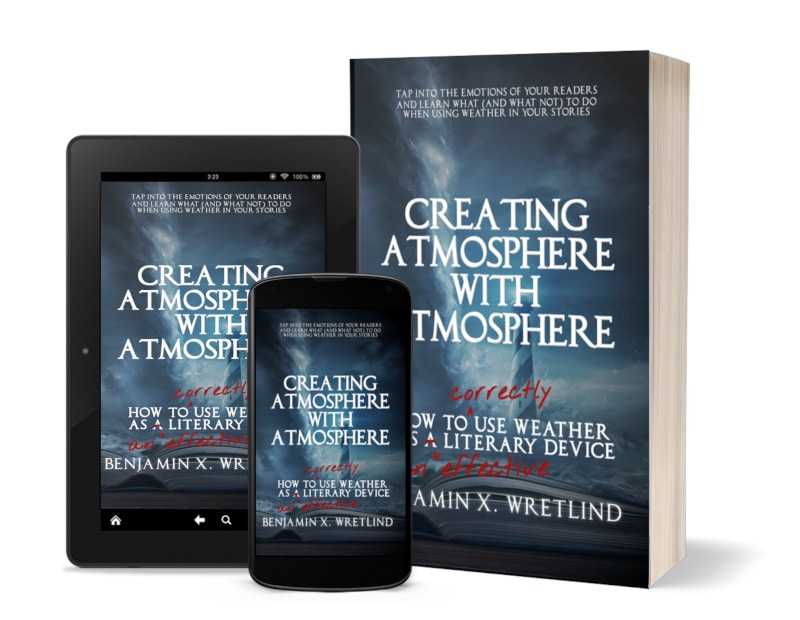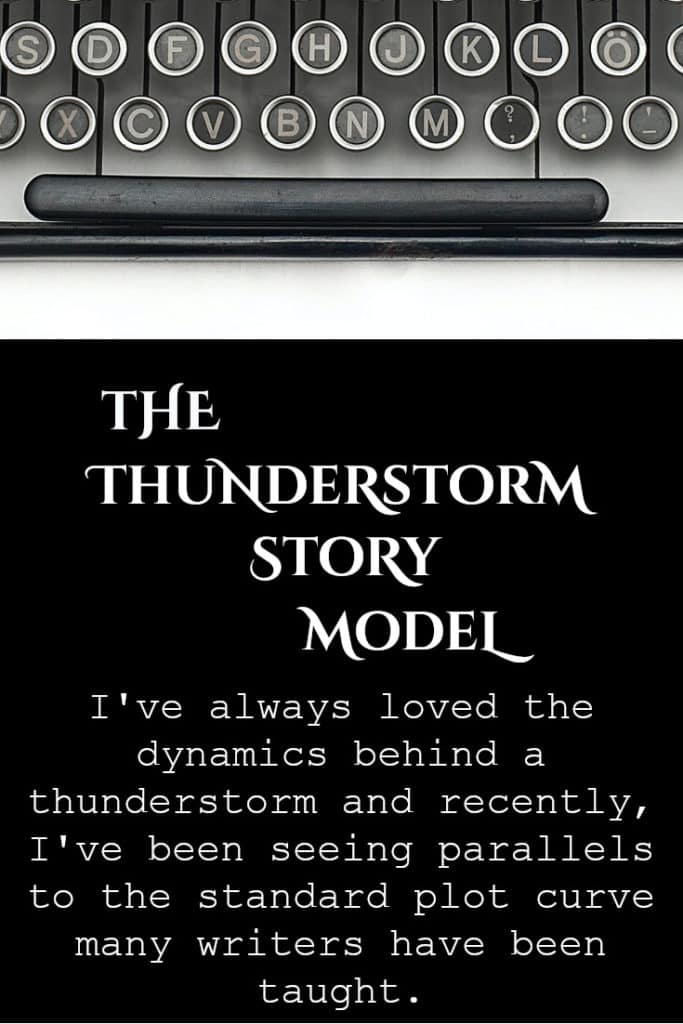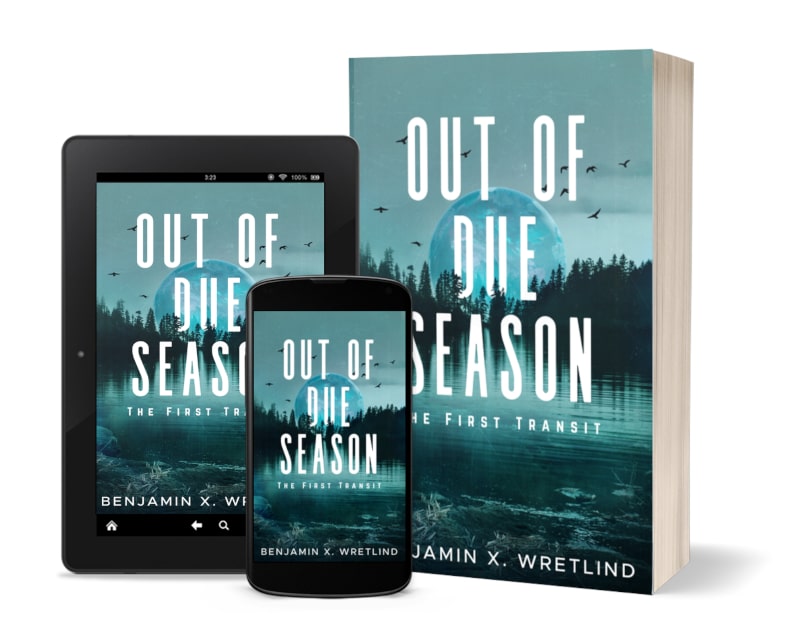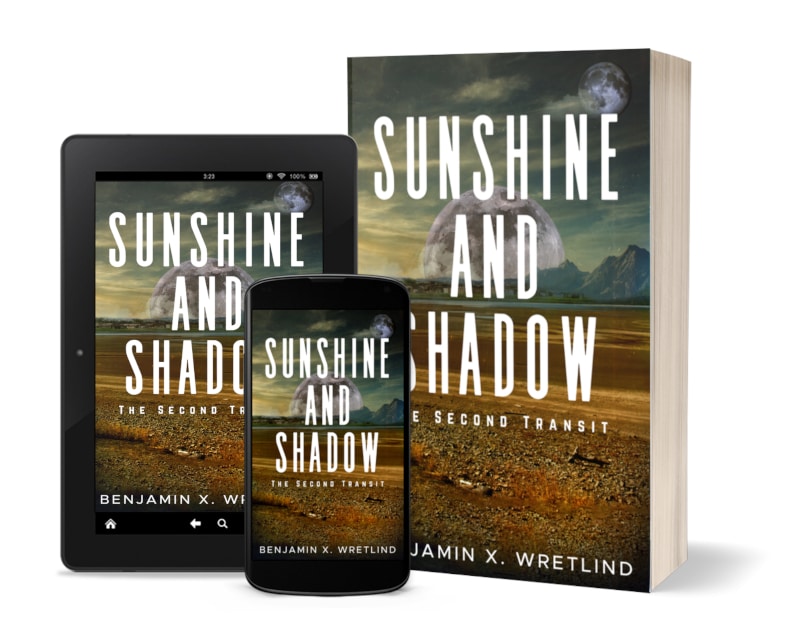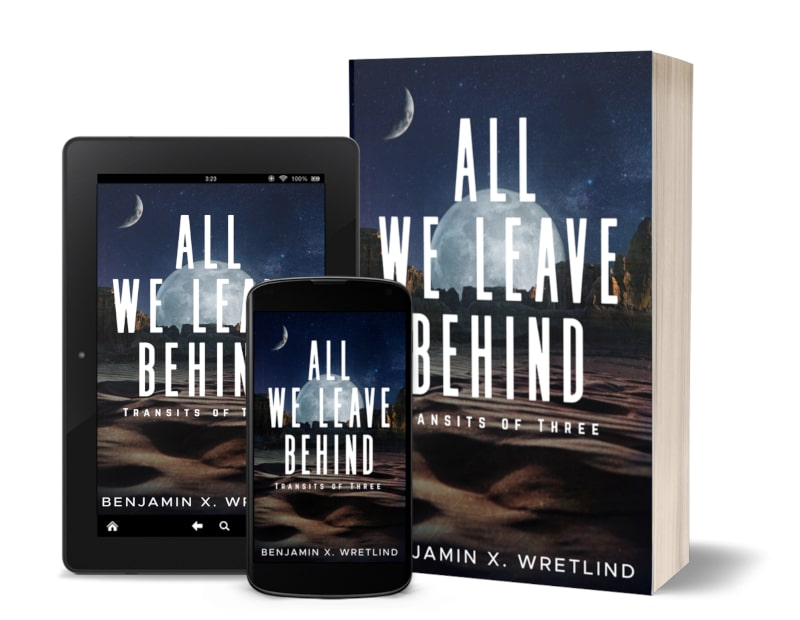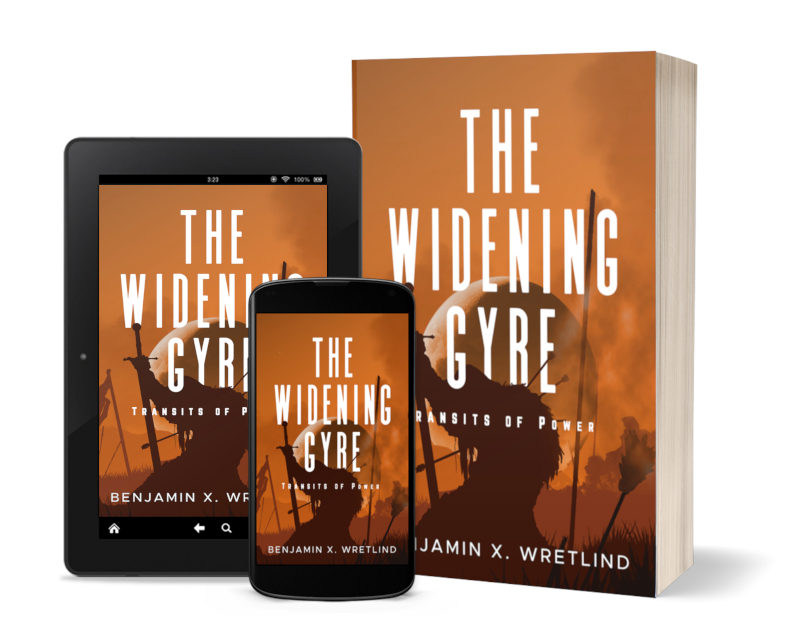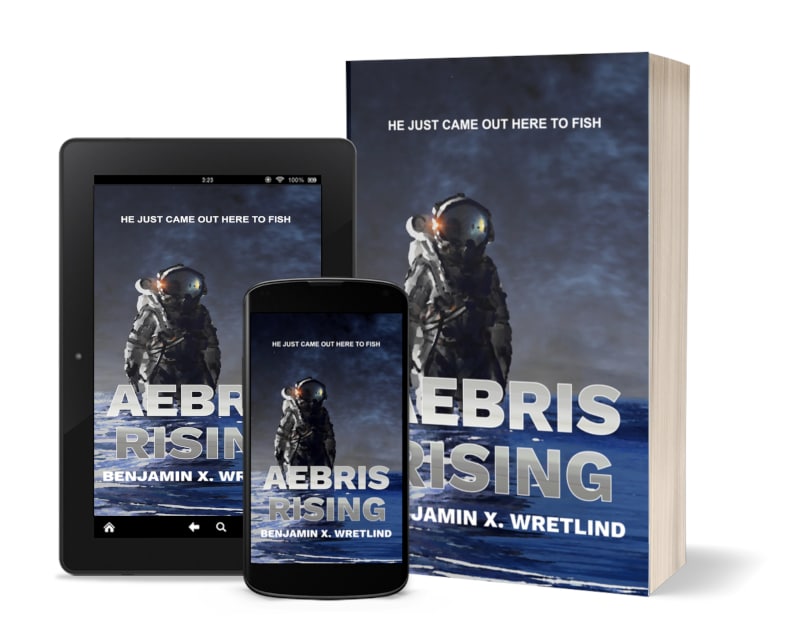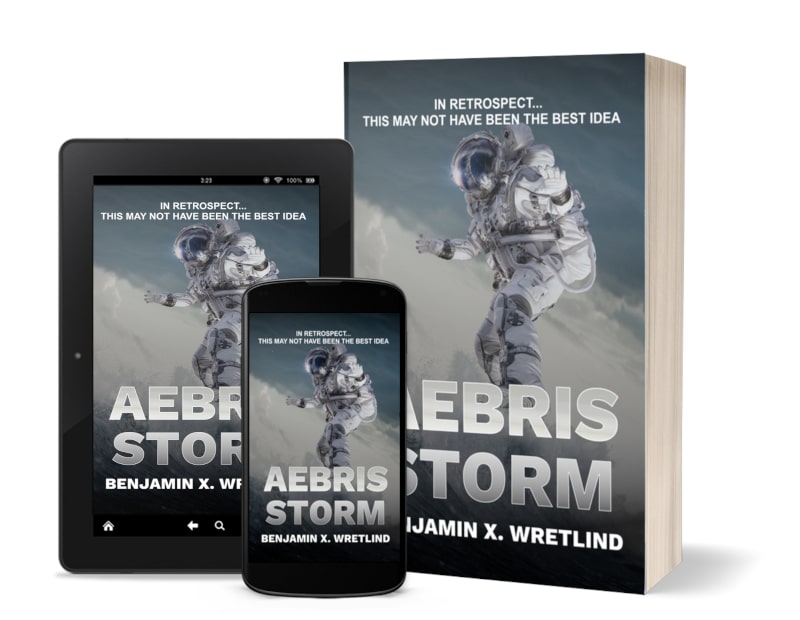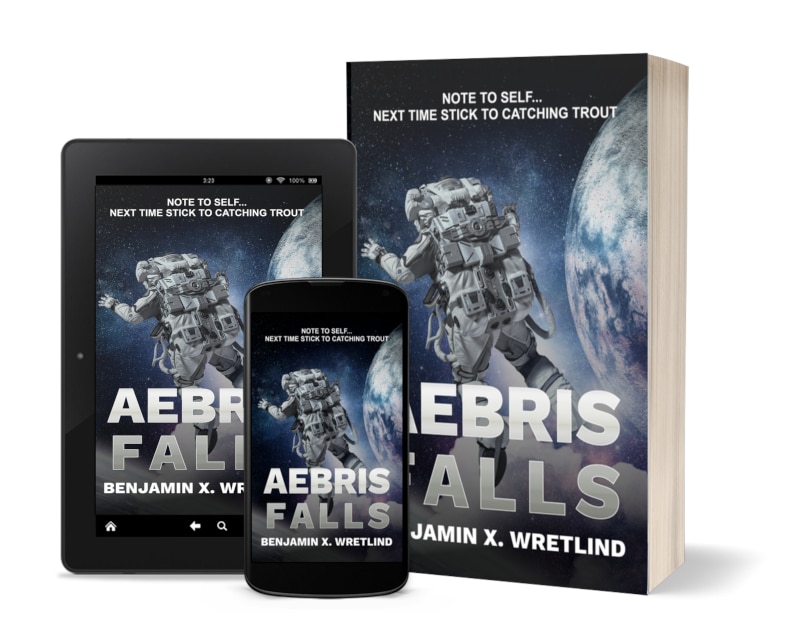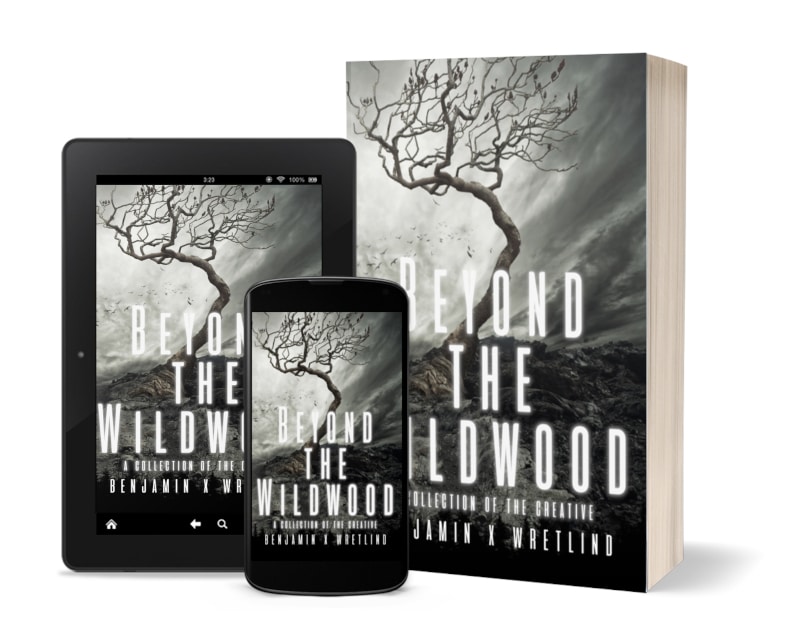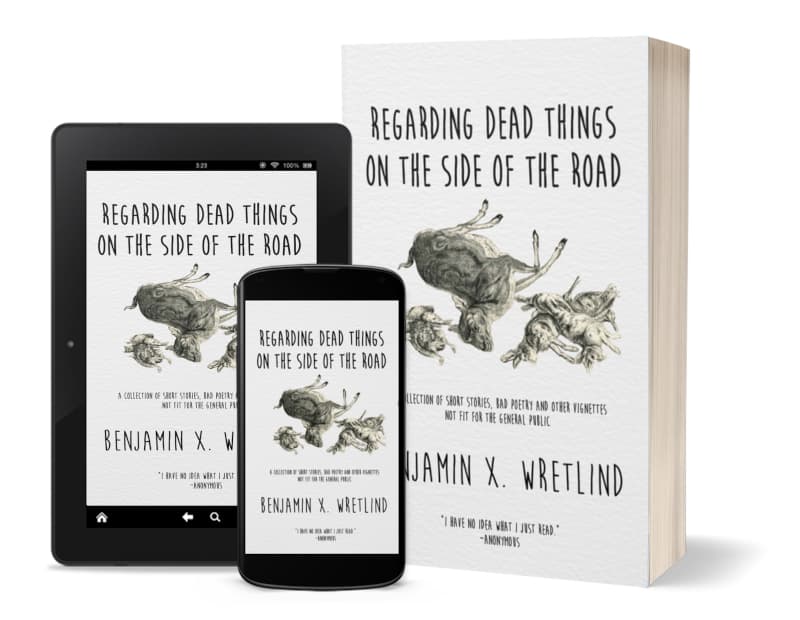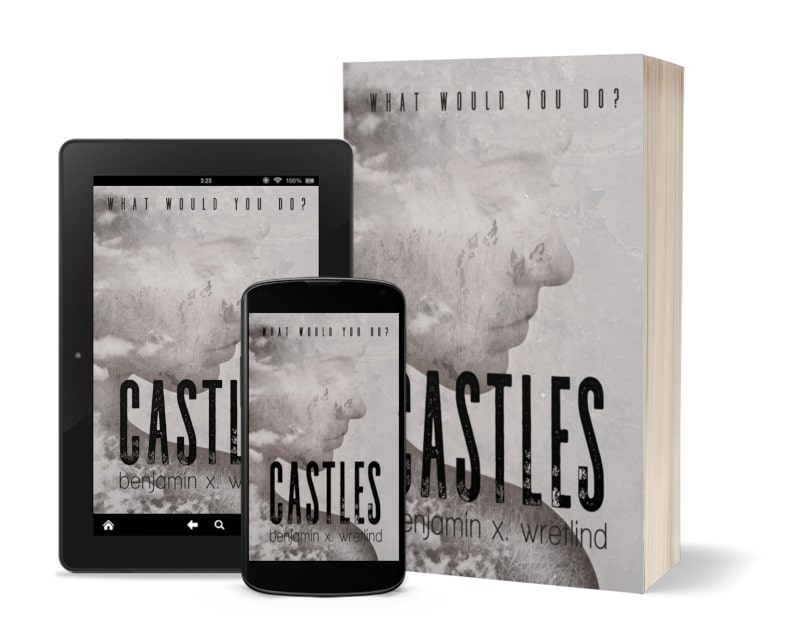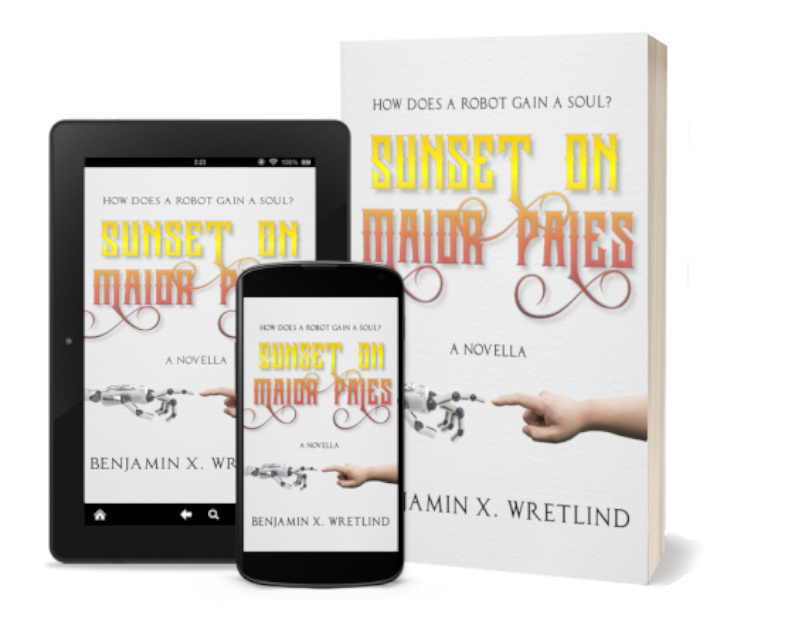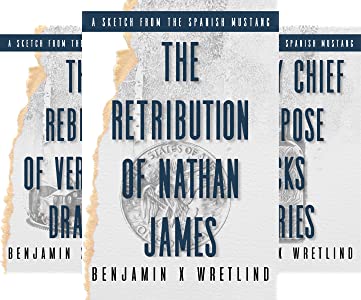The Thunderstorm Story Model
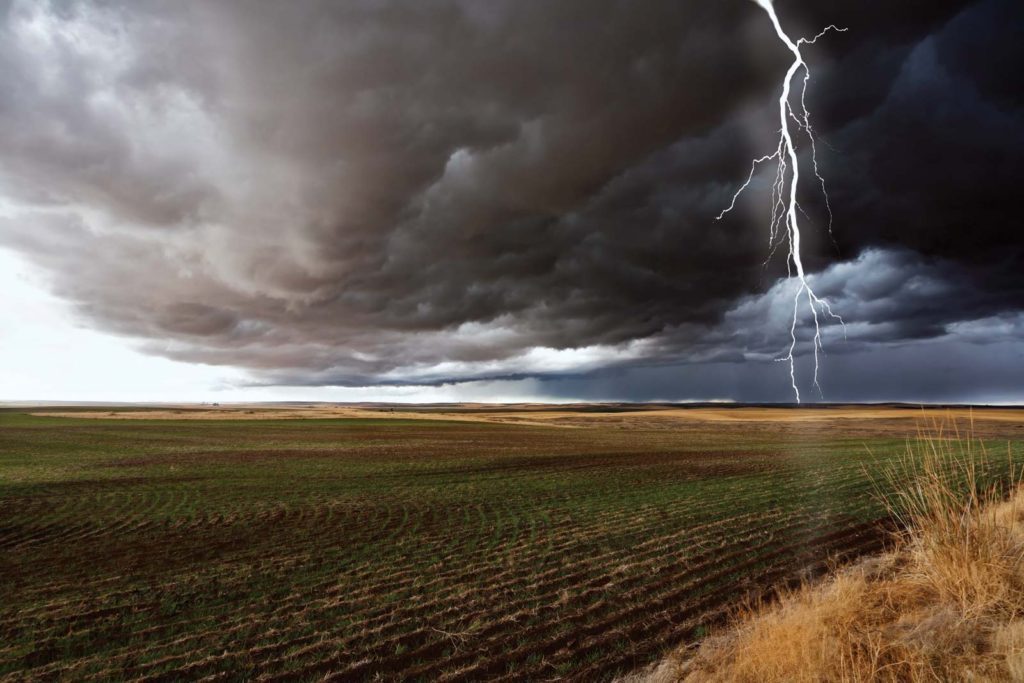
Thunderstorms are often what we think of when we talk about weather. They are awesome, and I’ve been in my fair share both on the ground and in the air. I’ve always loved the dynamics behind thunderstorms and recently, I’ve been seeing parallels to the standard plot curve many writers have been taught.
Thunderstorm Stages
Before I get into how I think thunderstorms mirror that plot curve (and how they can be used to provide structure to any story), I’d like to relay some basics. (Some very basic, basics).
Thunderstorms can be broken down into 3 stages.
In the Cumulus Stage, you see the happy cloud. Moisture and air is drawn up toward what’s called the “convective condensation level” where clouds form. If there is enough instability in the air, the parcels continue to rise, the moisture continues to condense, and the clouds get bigger.
During the Mature Stage, what goes up, must come down. The rising air has pushed our happy cloud to the limit and it peeks above the freezing level. As ice crystals high within the cloud flow up and down in the turbulent air, they crash into each other. Small negatively charged electrons are knocked off some ice and added to other ice as they crash past each other, separating the positive and negative charges of the clouds. When the top of the cloud becomes positively charged and the base of the cloud becomes negatively charged–boom–lightning flashes. Moisture droplets merge and form hail which is then sucked up and down within the cloud. As the hail falls below the freezing level, it melts and rain falls.
More stuff happens, and tornados come.
Finally, when all the downward motions overtakes the upward motion, the thunderstorm moves into the Dissipating Stage. Rain continues to fall, the cloud falls apart, and it’s pretty much over.
In order for all of this to happen, three elements are needed:
- moisture
- instability, and
- a lifting mechanism
One way to create instability is to place cold air (which sinks because it’s heavy) over warm air (which rises because it’s lighter). The cold over warm creates an atmospheric COW (get it?). Because the atmosphere is always trying to maintain a certain equilibrium, violent things must happen.
The Thunderstorm Story Model
Now, let’s get to what I hope is a simple way to incorporate a thunderstorm into your story. I’m calling this the Thunderstorm Story Model and it goes like this.
Remember the plot curve we learned about in school? There’s the exposition, the rising action, the climax, the falling action, and the denouement. Not all stories follow this plot curve, but for the sake of this model, we’ll assume yours does. If I were to break this up for the screenwriters out there, I might say something like this: there is a prologue, Acts 1 through 3 and finally the Epilogue.
Harkening back to the basics of thunderstorm development, we can view the model this way:
- First, you need moisture and instability; this would be the characters and setting and make up our exposition.
- Next, we add in the lift, the trigger, or the inciting incident that gets our plot moving.
- Clouds build as your story builds (kind of like rising action)…
- …bigger and bigger until, finally, we reach the dramatic moment, the climax of the story when a fully formed thunderstorm is raging all around. If you want to make it two climaxes, of course, you could then throw in a tornado. Maybe some hail. A wall cloud. Something dramatic.
- The storm (and climax) now over, things must dissipate (a true bit of falling action).
- Our thunderstorm goes away, and we’re left with some cumulus fractus, a wet ground or destroyed town, and then the denouement.
It’s not the best model, but it works. Depending on the temporal scale of your story, you start with happy clouds and then build them throughout. As the rising action reaches the climax, you might have a true thunderstorm in the novel or some other weather that sparks the emotion you’re after in your reader.
Finally, at the end of the story, the storms could move on.
Learn more in Creating Atmosphere with Atmosphere: How to Use Weather as a Literary Device


